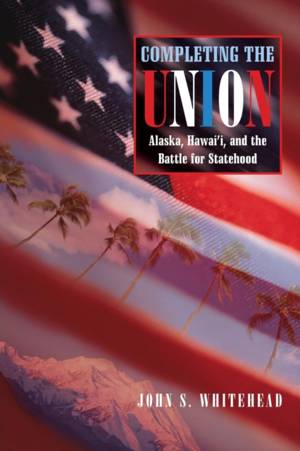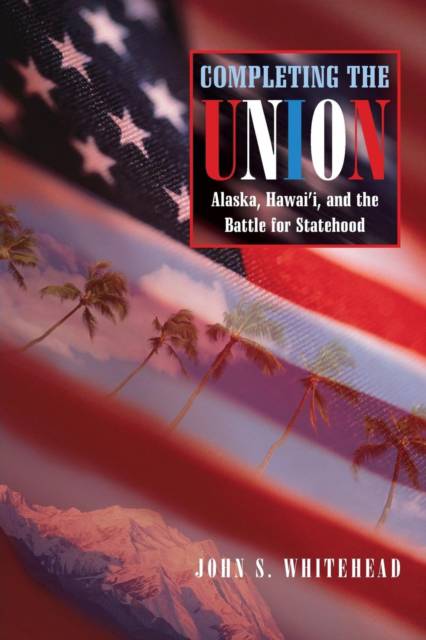
- Retrait gratuit dans votre magasin Club
- 7.000.000 titres dans notre catalogue
- Payer en toute sécurité
- Toujours un magasin près de chez vous
- Retrait gratuit dans votre magasin Club
- 7.000.0000 titres dans notre catalogue
- Payer en toute sécurité
- Toujours un magasin près de chez vous
Description
As late as mid-1941 the two territories of Alaska and Hawai'i were little known by most Americans. Alaska was seen as a frozen wasteland and Hawai'i, an exotic outpost in the mid-Pacific with a multi-racial, particularly Asian, population. The bombing of Pearl Harbor in late 1941 and the capture of two Aleutian Islands in 1942 made the two territories central theaters of World War II. Thousands of Americans came to know Alaska and Hawai'i as never before.
Once the war ended both territories hoped that statehood would be their reward for such loyal wartime service. Their strategic locations pointed to an increased national involvement in the Pacific and Asia. The 49th and 50th states would eventually be admitted, but it took thirteen years, from 1946 to 1959, to do it. The long delay was caused by many of the events of the Cold War. Both territories became enmeshed in the national politics of anti-communism, radical labor movements, and Arctic policy to resist a Soviet air attack across the polar North. A cadre of statehood supporters emerged to make their case to the nation, including the young Daniel Inouye of Hawai'i and Ted Stevens of Alaska, both of whom would become two of the most powerful senators in Congress.
Spécifications
Parties prenantes
- Auteur(s) :
- Editeur:
Contenu
- Nombre de pages :
- 456
- Langue:
- Anglais
- Collection :
Caractéristiques
- EAN:
- 9780826336378
- Date de parution :
- 30-11-04
- Format:
- Livre broché
- Format numérique:
- Trade paperback (VS)
- Dimensions :
- 154 mm x 228 mm
- Poids :
- 689 g

Les avis
Nous publions uniquement les avis qui respectent les conditions requises. Consultez nos conditions pour les avis.






